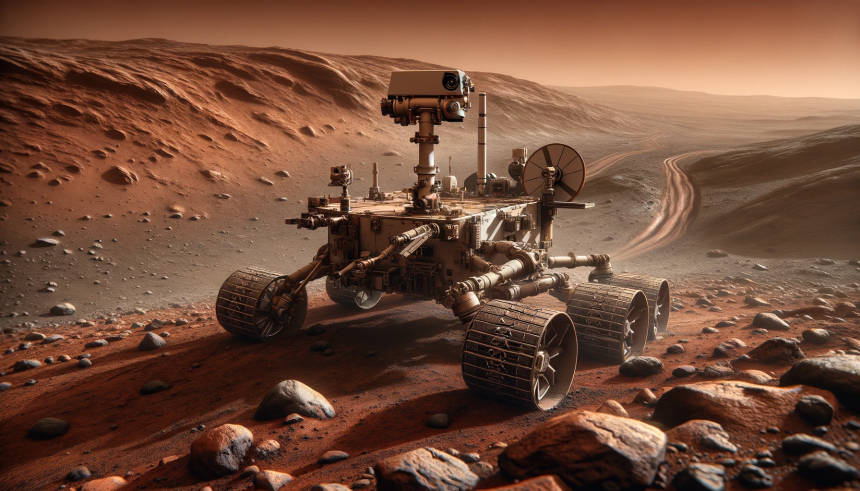NASA invites media to its Kennedy Space Center in late July to observe progress on the SLS (Space Launch System) Moon rocket for the Artemis II test flight. This event offers a chance to witness key preparations and view pivotal elements of the mission firsthand. Participants can see the SLS core stage’s arrival and unloading, as well as the solid rocket boosters, while experts will be on hand for questions. This mission represents a crucial step in NASA’s Artemis program.
The Space Launch System (SLS) is NASA’s latest deep-space rocket, designed for missions beyond low Earth orbit. Introduced in 2011, it aims to enable crewed missions to the Moon, Mars, and other distant destinations. The SLS was developed and manufactured at NASA’s Michoud Assembly Facility in New Orleans before being transported to Kennedy Space Center for final preparations.
NASA’s Artemis II mission marks the first crewed flight of the SLS rocket and Orion spacecraft, aiming to orbit the Moon. The media will get an up-close look at the 212-foot-tall core stage and the solid rocket boosters, essential for the rocket’s launch. This phase will demonstrate the capabilities of the SLS system, integral to future lunar explorations.
This invitation follows the precedent set by the Artemis I mission, which saw significant media engagement. The continued transparency and media inclusion underscore NASA’s commitment to public involvement and information dissemination. Previously, such events have provided valuable insights into the challenges and advancements of space exploration technologies.
The Artemis program’s focus on diverse representation in space missions is another notable aspect. In particular, Artemis II will pave the way for historic crewed missions, including the first woman, person of color, and international astronaut to land on the Moon. This aligns with NASA’s broader goals of inclusivity and global cooperation in space exploration.
Key Insights
– The SLS rocket’s core stage and solid rocket boosters are integral to Artemis II.
– Media participation highlights NASA’s commitment to transparency and public engagement.
– The Artemis program aims for inclusivity with diverse astronaut representation.
NASA’s media accreditation policy is available online, and applications for credentials are open until June 28 for international media and July 5 for U.S. media. Approved participants will receive further details, including specific dates for the activities. This event exemplifies NASA’s ongoing efforts to advance human space exploration through technological development and inclusive representation.
Artemis II will not only test the SLS rocket but will also assess the Orion spacecraft and ground systems for crewed missions. This mission is significant for its role in validating systems for future lunar surface explorations. The involvement of media ensures that this progress is documented and shared widely, fostering public interest in space exploration.










